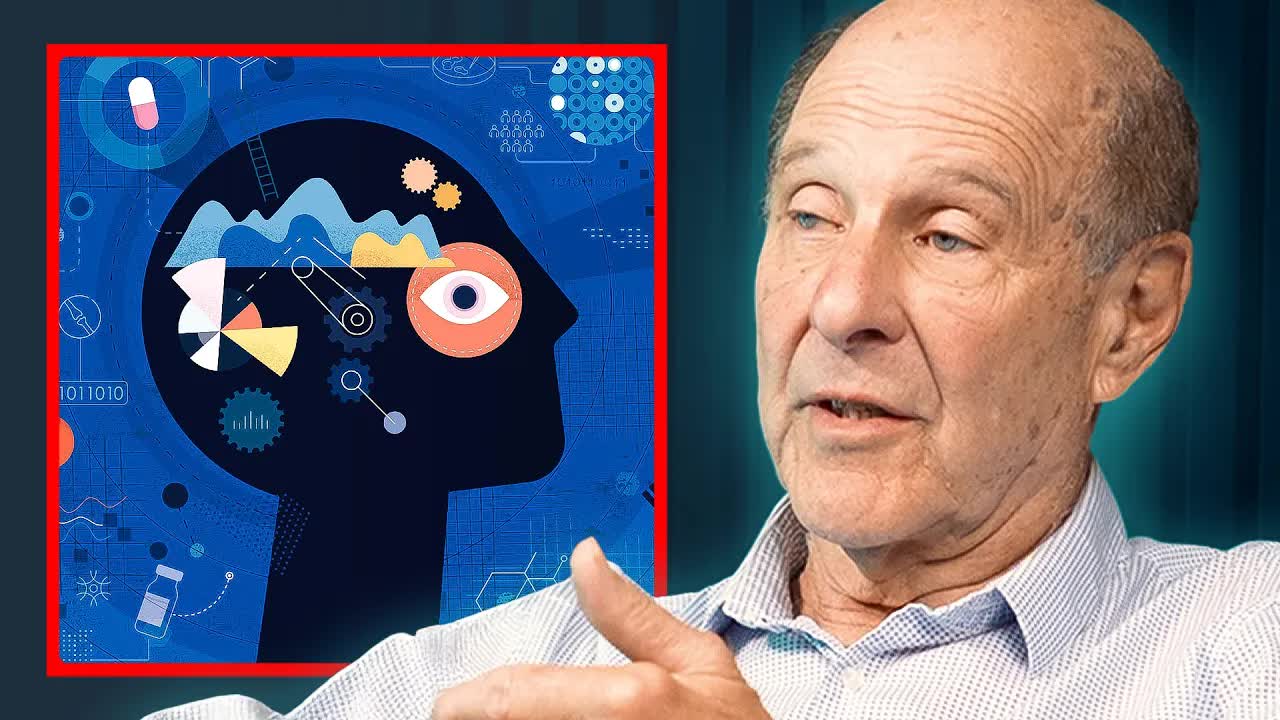 Great Pods
Great Pods
 Great Pods
Great Pods
Hypnotizability is a very stable trait that develops early in life. Most eight-year-olds exist in trance-like states naturally, but as people develop formal operations during adolescence, they begin valuing thinking and analysis over immediate experience. By age 21, people settle into stable degrees of hypnotizability that remain consistent throughout life.
Research by Phil Zimbardo showed that hypnotizability measured in college students had the same correlation 25 years later as IQ tests - it does not change much over time. Some people are simply not hypnotizable, regardless of the skill of the hypnotist.
The speaker uses a five-minute assessment involving a standard hypnotic induction where subjects look up, close their eyes, and are told their hand will remain light and upright. The assessment measures dissociation, response to challenges, involuntariness, and floating sensations on a 10-point scale.
Treatment approaches vary by hypnotizability level:
High hypnotizability (like a "10 out of 10" woman with throat pain): Dramatic, immediate results possible through direct suggestion and imagery.
Mid-range hypnotizability (like an injured pianist): More negotiation and experimentation with different techniques, allowing patients to evaluate what works.
Low hypnotizability (like a zero-scoring back pain patient): Cognitive approaches similar to CBT, focusing on changing thought patterns rather than hypnotic states.
Generally, organized, analytical people tend to be less hypnotizable than creative, artistic individuals, though this isn't always predictable. The key is matching the therapeutic approach to the person's hypnotizability level rather than forcing a one-size-fits-all method.